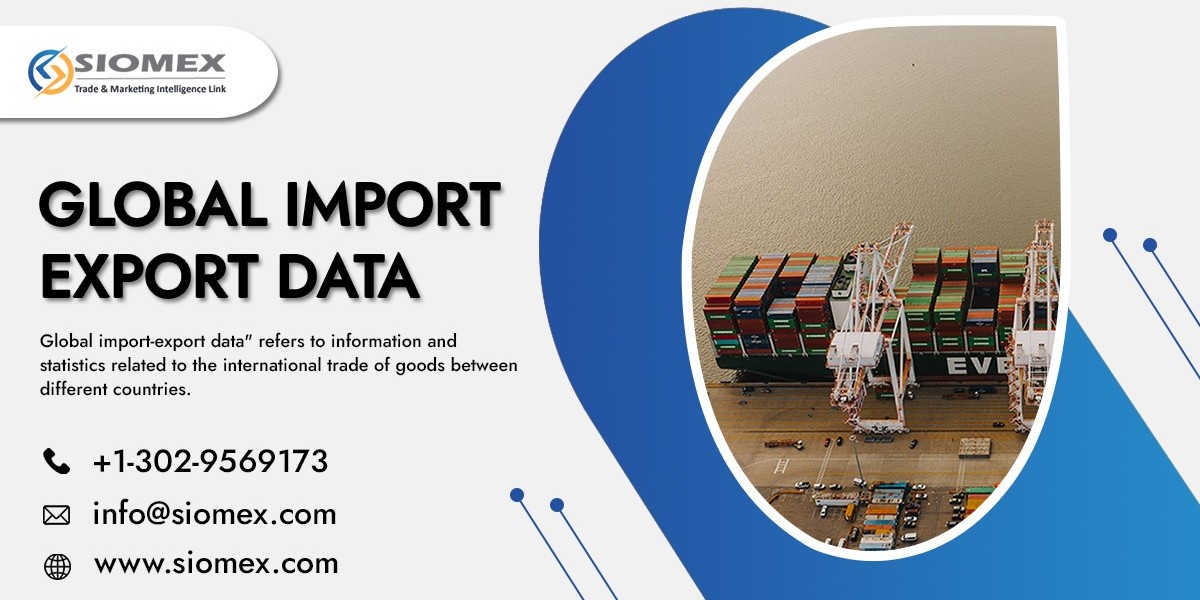The Iran Israel conflict has once again pushed West Asia to the edge of a full-scale confrontation. In recent months, tensions between the two regional adversaries have reached new heights, with direct strikes, retaliatory attacks, and increased involvement from allied groups across the region. The escalation is not just a bilateral affair—it threatens to destabilise an already fragile regional order and entangle global powers in another protracted crisis. As Iran and Israel continue their power contest, the broader implications for West Asia’s security architecture and international diplomacy grow more serious.
A Dangerous Spiral of Retaliation
At the heart of the latest escalation is a pattern of provocation and retaliation that has grown more direct than ever before. While historically their confrontations were mediated through proxies, such as Hezbollah in Lebanon or various militias in Syria, the conflict has moved into a more dangerous phase where both nations are engaging in overt military actions against one another. Israel’s targeted strikes on Iranian assets in Syria and elsewhere have been met with Iranian drone and missile attacks, often routed through allied groups in Iraq and Yemen.
The turning point came with Iran's direct missile strike on Israeli territory in April 2024, an unprecedented move that shattered previous assumptions about the conflict remaining limited in scale. In response, Israel launched air strikes deep into Iranian territory, including strategic locations such as Isfahan. This marked the first known direct confrontation between the two states on each other's soil and raised the possibility of a wider war in the region.
The Iran Israel conflict also risks drawing in other countries. The United States, a staunch ally of Israel, has ramped up its military presence in the Gulf, while Gulf Cooperation Council (GCC) states watch nervously from the sidelines, fearing regional spillover. Meanwhile, Russia and China, both strategic partners of Iran, are observing closely, weighing their diplomatic and military responses in a tense global environment already strained by conflicts in Ukraine and the Taiwan Strait.
Implications for Regional Stability
This growing conflict arrives at a particularly delicate moment for West Asia. The region is struggling to recover from the socio-economic shocks of the COVID-19 pandemic and years of internal conflict. Several countries, including Syria, Lebanon, and Iraq, are politically fragmented and economically fragile, making them ripe for being drawn into broader hostilities.
Moreover, efforts at regional normalisation—such as the Abraham Accords and potential Saudi-Iran rapprochement—are under severe stress. If the Iran Israel conflict continues to escalate unchecked, these diplomatic gains risk being undone. Iran’s use of non-state actors in multiple countries only heightens the potential for miscalculations and localised violence to spiral into regional war.
The humanitarian toll is also mounting. Civilian populations in both Israel and Iran live under the threat of missile attacks and air strikes. The international community must act quickly to mediate, de-escalate tensions, and push for renewed dialogue, however limited or strained.
Conclusion
The Iran Israel conflict has re-emerged as one of the most dangerous fault lines in global geopolitics. As both nations pursue increasingly aggressive policies, the risk of a wider regional war looms large. To stay informed and explore in-depth analysis of this evolving situation, visit the original article at the ORF website.









